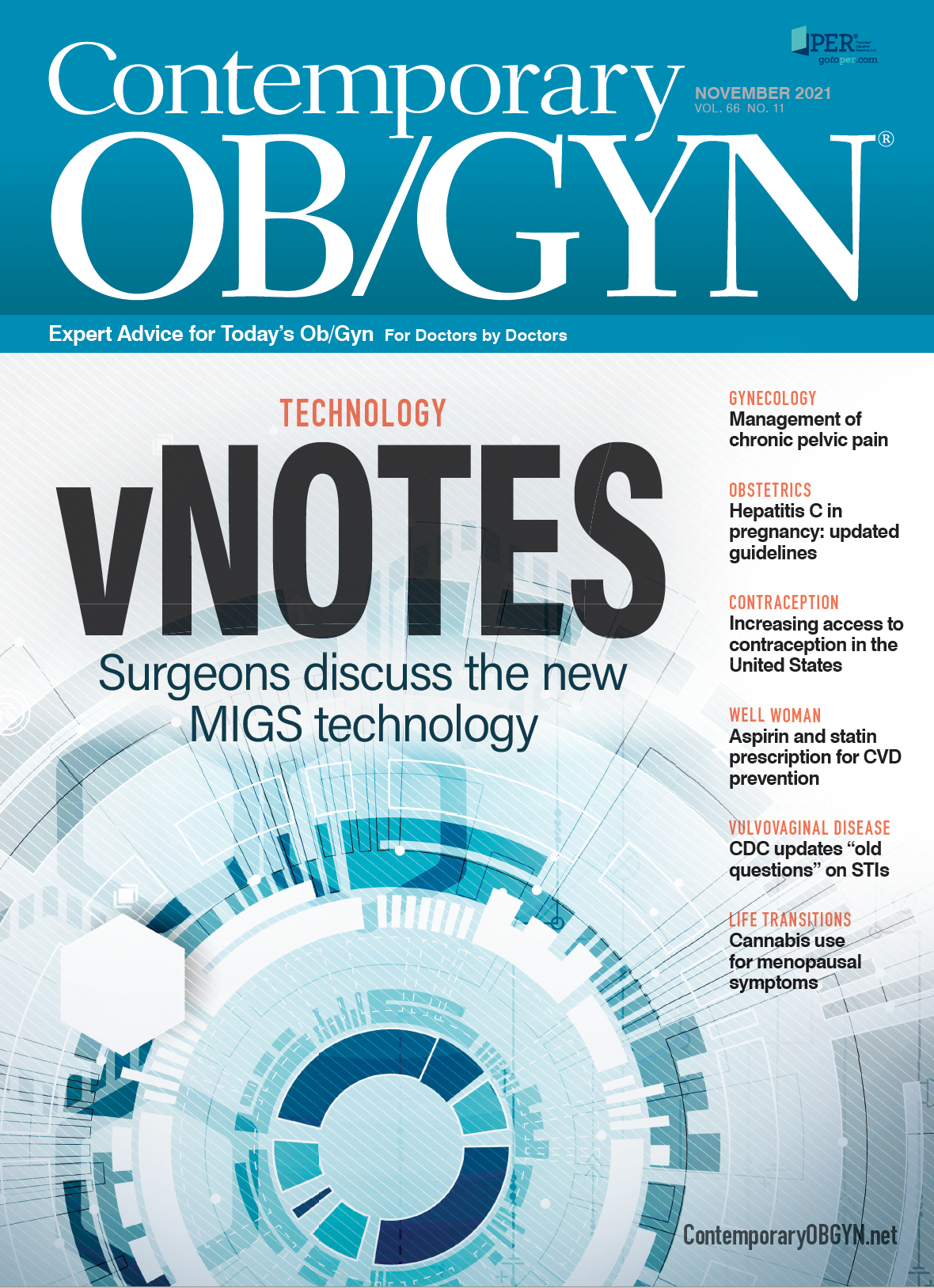HCPs see increase in violence
As the 2-year mark since the start of the COVID-19 pandemic creeps in, one can’t help take stock of what the pandemic has shone a light on.
From supply chain problems (who could forget the great toilet paper shortage of 2020?) to the mass exodus of employees and subsequent staffing shortages, COVID-19 has truly flipped us on our heads.
Now, as the Delta variant continues its surge, health care providers (HCPs) are feeling the heat as patients outnumber available resources. To add to this insurmountable pressure, reports of violence and threats against HCPs are on the rise.
This can be attributed to the easing of visitor restrictions, changes in patient population, and a lack of appropriate staffing, according to responses from a survey conducted by National Nurses United (NNU). 1
Over 30% of registered nurses in hospitals reported an increase in workplace violence, up from 22% in March 2021, per the NNU survey.1
“We are more than 18 months into the pandemic, yet hospitals are still not doing enough to ensure the safety of nurses, patients, and other health care workers,” said Bonnie Castillo, RN, executive director of NNU.
Unfortunately, violence is not new for HCPs. The Joint Commission issued a report in 2018 stating that three-fourths of all annual workplace assaults occurred in health care settings.2 The report adds that the actual number of violent incidents is likely much higher because of reporting being voluntary.
However, policies are being put into place to decrease and/or prevent this violence against HCPs.
Starting January 1, 2022, new workplace violence standards from the Joint Commission will be enacted to help hospitals define workplace violence and develop a strong prevention system. The standards will also put into place a leadership structure, reporting system, new policies and procedures, training, postincident strategies, and education to decrease workplace violence against HCPs.2
These policies are a great starting point, but hospitals and other health care facilities must lead the way by setting the standard in the fight against workplace violence. More importantly, they must protect their employees.
Mike Hennessy Sr
Chairman and Founder, MJH Life Sciences™
References
- National nurse survey reveals that health care employers need to do more to comply with OSHA emergency temporary standard. National Nurses United. Published September 23, 2021. Accessed October 7, 2021. https://www.nationalnursesunited.org/press/national-nurse-survey-reveals-health-care-employers-need-to-do-more-to-protect-workers
- Physical and verbal violence against health care workers. The Joint Commission. Published April 17, 2018. Accessed October 7, 2021. https://www.jointcommission.org/-/media/tjc/documents/resources/patient-safety-topics/sentinel-event/sea-59-workplace-violence-final2.pdf

